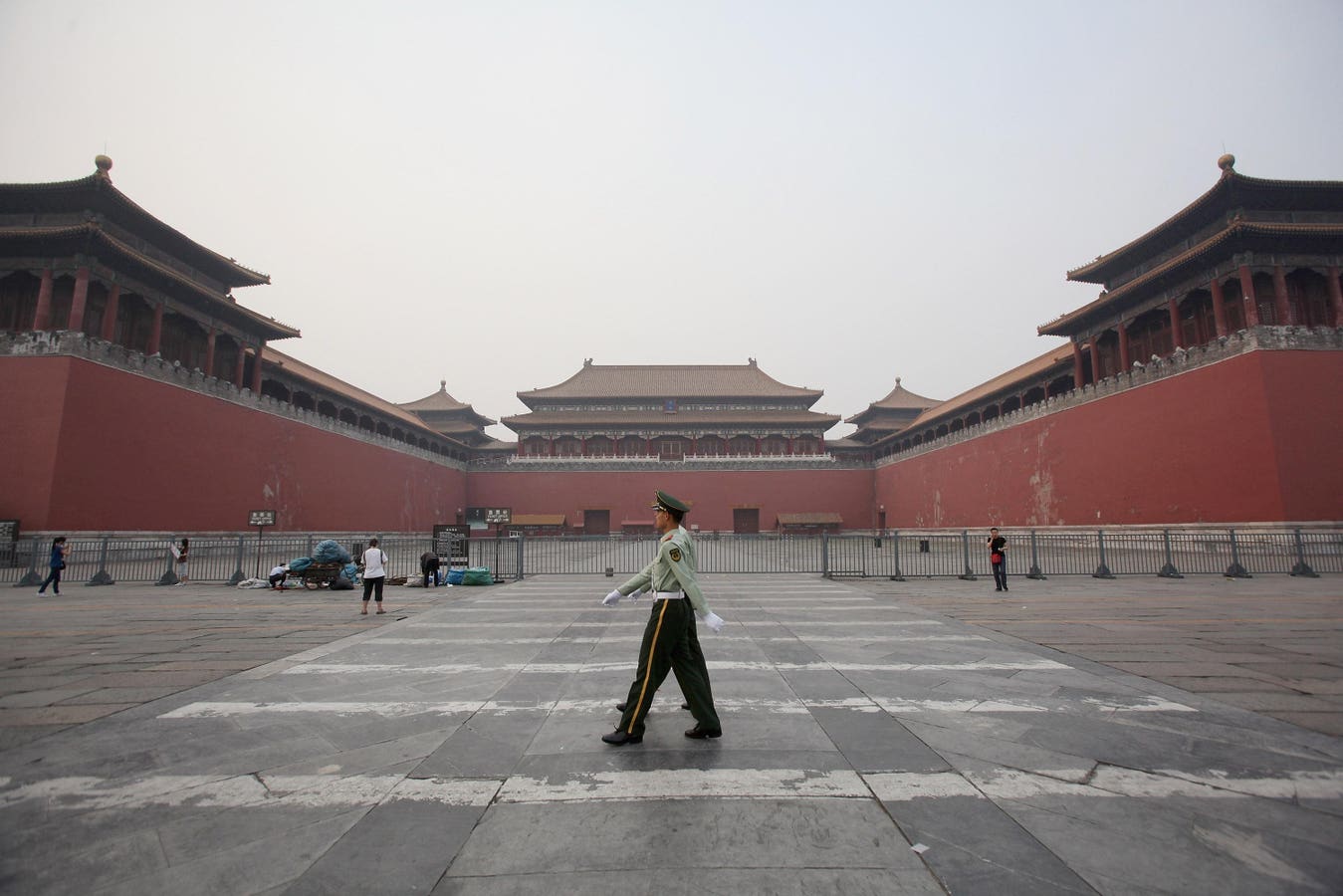China has at last seen some good economic news. Some observers have extended the improving picture and declared that China has turned a corner. That is, of course, possible, but such declarations are surely getting ahead of reality. China still faces tremendous economic headwinds, some the legacy of past mistakes, some the product of growing hostility in the west and Japan, some stemming from serious demographic problems. Even if things have improved from last spring and early summer, and that is by no means secure. These significant impediments will keep China from recapturing anything near its former economic momentum.
The lift has appeared in several measures. According to Beijing’s National Bureau of Statistics retail sales rose in August some 4.6 percent above August last year. That figure exceeds by quite a margin the 3.0 percent growth of the consensus expectation and the 2.5 percent figure recorded for July. Industrial production also picked up, expanding in August 4.5 percent above year-ago levels, above the consensus expectation of 3.9 percent and the July figure of 3.7 percent. Value added from manufacturing came in 5.4 percent in August above year-ago figures, with the production of solar cells and service robots up more than 70 percent from a year ago. Banks reported a pickup in demands for loans, while urban unemployment edged down to 5.2 percent of the workforce in August from 5.2 percent in July.
Welcome as the news must be in Beijing, none of this does anything to erase the abiding fundamental problems facing China. Residential real estate is the most immediate. Under past government guidance, housing across China had been horribly overbuilt with residential real estate development, according to research done by the Carnegie Endowment for International Peace, rising at times to some 30 percent of the nation’s gross domestic product (GDP). In the process, real estate development firms had become highly leveraged so that when Beijing a couple or three years ago pulled back on its promotion of such activity, the firms involved began to collapse. The real estate giant, Evergrande, started its downfall in 2021, and since, developers large and small have declared themselves unable to meet their obligations. Most recently, another giant, Country Garden declared its problems.
As each firm collapsed, the home buyers and lenders dependent on these developers to meet their obligations found themselves in financial trouble and unable to maintain former levels of spending and economic activity. What is more, the accompanying fall in real estate values drew down the net worth of Chinese households at all income levels, making all reluctant to spend, a fact that has become increasingly evident despite the recent improvement in consumption statistics. Nor is there any sign that the pressure is lifting. New home starts for the first eight months of this year have fallen 23 percent from year-earlier levels, while home prices have fallen in 52 of China’s 70 major cities, up from the 49 recorded in July.
Capital investment, long a mainstay of China’s economy, has also continued to lag. Fixed investment in new facilities and equipment grew only 3.2 percent this August over August a year ago, lower than the consensus expectation of 3.3 percent growth and slower than July’s 3.4 percent. The figure would have been that much lower except that Beijing is pushing infrastructure spending through state-owned businesses as well as local and provincial governments. Capital spending by private businesses continues to decline, falling 0.7 percent below year-ago figures in the year through August, a downward acceleration from the 0.5 percent recorded for the year through July and 0.2 percent recorded for the year through June. In an oblique recognition of the severity of this problem, the Peoples Bank of China (PBOC) has tried to free up funds for capital investing by cutting the percentage of cash banks need to hold by some 0.25 percentage points.
Also weighing on Chinese economics are the decisions by western and Japanese business to transfer their sourcing away from China, mostly to elsewhere in Asia and to Latin America. Part of this move reflects the increasingly hostile attitude of American, European, and Japanese governments toward Beijing. Part reflects the damage China did during the pandemic and afterwards to its reputation for reliability. And part reflects the inescapable rise of Chinese wages and other costs compared with other venues. While Beijing talks incessantly about making China more self-sufficient economically, the nation’s prosperity and wealth still depend a great deal on foreign sourcing and exporting.
And then there is China’s demographic problem. Decades of low birth rates in China are increasingly denying the economy of a supply of youthful workers to replace the large generation of workers now retiring. Compounding this problem is how China’s continued dependence on manufacturing for export and inability to develop a sophisticated service economy has denied employment opportunities to millions of Chinese university graduates, wasting their talents and rendering wasteful the resources used to educate them.
The recent run of good economic news has prompted many media outlets to declare that China will after all meet its 5 percent real growth target for 2023. That might occur, but ultimately hitting the target means little. The more important point by far is that Beijing had to reduce its target in the first place. It is far below – by half in fact – the growth pace that has typified China during most of the last 40-some years. Most important of all is that whether or not Beijing makes its reduced target, China can expect much slower growth for some time to come.
Read the full article here





